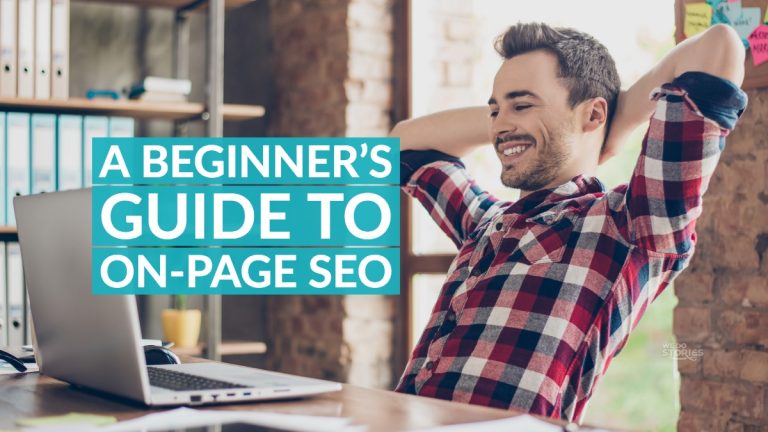It’s an accepted fact that “content”, in all its many forms, is central to all marketing in the digital world, but its value is often misplaced or viewed as of secondary importance. Content is often not given the same time, resources and focus as other factors.
But the truth is, whether you are working with SEO, social media, inbound marketing, PR or PPC to get your marketing messages out to the world, it is content that is the key tool for success.
In so many cases, companies focus on the bottom-line, seeing everything that is created as a potential sales pitch and requiring everything to have measurable return-on-investment in terms of direct sales.
This is a mistake that is regularly made and one that, as a content marketer, I have to solve frequently. This approach ignores how the internet works, how marketing works and, most importantly, how human beings work.
71% of business executives claim that a sales pitch in a blog post puts them off according to an Economist group survey, and it has been found that 96% of your website visitors aren’t ready to buy.
We’ve previously discussed how social media shouldn’t be used to sell, and this premise can be applied to most content in the early stages of the customer journey. Sales specific content comes later when trust has been gained and the potential customer is invested in who you are.
Understanding how your content engages with your potential customers, whether from a business or consumer standpoint, is the key to success.
Read on to discover the reasons why your content should not be a sales pitch and how you should approach your content marketing instead.
Why you need to consider who, and what, your content is for?
First, change your mindset when it comes to your audience. Stop viewing them as clients or customers and think of them as people.
We’ve already established that most people aren’t looking at your content with buying in mind, so what are they looking for? Consider what you access different pieces of content for – for knowledge, for entertainment, for instructions – and weave your content around one of those factors based on what type of industry you are in, your area of expertise and what your audience is likely to want.
Starting with why is a concept we have discussed before in terms of overall brand messaging (this idea will be a applied further later in this post) but can also be applied lower down the process for each individual piece of content. Without a defined purpose, most content is worthless.
Simply put your content is for people and its purpose is to give them what they are looking for. This can be interviews, how-to guides, debates and anything in between and can easily sit on any type of content (video, blogs, podcasts).
Why you won’t lose your brand message in content creation
One of the biggest mistakes I encounter with brand storytelling is the assumption that everything needs to be directly about the brand itself. This is outdated thinking that doesn’t work.
But brand storytelling is essential for your content marketing activity!
This again all comes back to the why? Why do you exist? Why should people listen to you? Why are you different? This is at the heart of what your brand is about, and this can echo across your content marketing.
If you are a fair trade retailer, content on issues relating to fairtrade, the environment and sustainability will attract an audience who share your values. If you are an expert legal firm offer content that provides sound legal knowledge to laymen.
Some of the most successful brands understand that content doesn’t need to be about the brand directly to successfully reflect its goals. Coca Cola has been a leader in this field, recently announcing their Content 2020 strategy to drive “content excellence”.
At the heart of this strategy is a focus on telling stories, sharing ideas and starting conversations to take “a disproportionate slice of popular culture”, driving the Coca Cola brand into multiple discussions.
These ‘stories’ as Coca Cola see them, are not there to directly sell the product or the brand but to cause people to react, to have conversations all with Coca Cola front of mind.
Take their 2012 Olympics ‘Move To The Beat’ campaign targeting teenage consumers. Recruiting producer Mark Ronson, singer Katy B and five Olympians, they created a new song using the sound of five Olympic sports as inspiration.
The campaign created a feature-length documentary, the song itself, TV commercials, Beat TV and a range of digital apps under the name ‘The Global Beat’, with none of the focus being Coca Cola itself.
The conversation was huge with 25 million video views, 1,220 channel subscribers and 242 million social web impressions. By causing a conversation separate from the brand, Coke became the most talked about brand of the 2012 Olympics.
Red Bull is another top brand for which “content” is vital to their brand building. The energy drinks brand has slowly built a content ecosystem focused on extreme sport, music, film and adventure travel. They are the poster child for understanding an emotional marketplace – the market for adventure – and how to build trust.
If you are a fan of these adventure of this type, it makes sense to be a Red Bull consumer (or at least be positive towards the brand, because they understand who you are.
With event sponsorship, a magazine, a music academy and media across all platforms Red Bull have become masters of injecting their brand story into valuable content.
Give the people what they want!
Very few people want to be sold too, but even less want to be conned into engaging with content only to not get what they want.
There are thousands of examples of sales pitches being thinly veiled as content. After a Google search, you might find “How to buy car insurance” looking for a factual rundown of what you need to consider when making an insurance purchase.
The first link you click, apart from a vague introduction, is actually a list of the different policies you can purchase from a single insurer! Think about how you’d feel and how long you would remain on that page.
Don’t do it with your own content! There is serious value in providing people with what they want. This will build brand trust and create a positive impression of your brand.
Applying this thinking across all your content strategy, creation and delivery will help create a relationship with clients and customers that are more likely to convert in the long-run than direct sales pitches.
If you would like to discover more about this, and how your organisation can create content of real value to your customers, speak to one of our team today.






